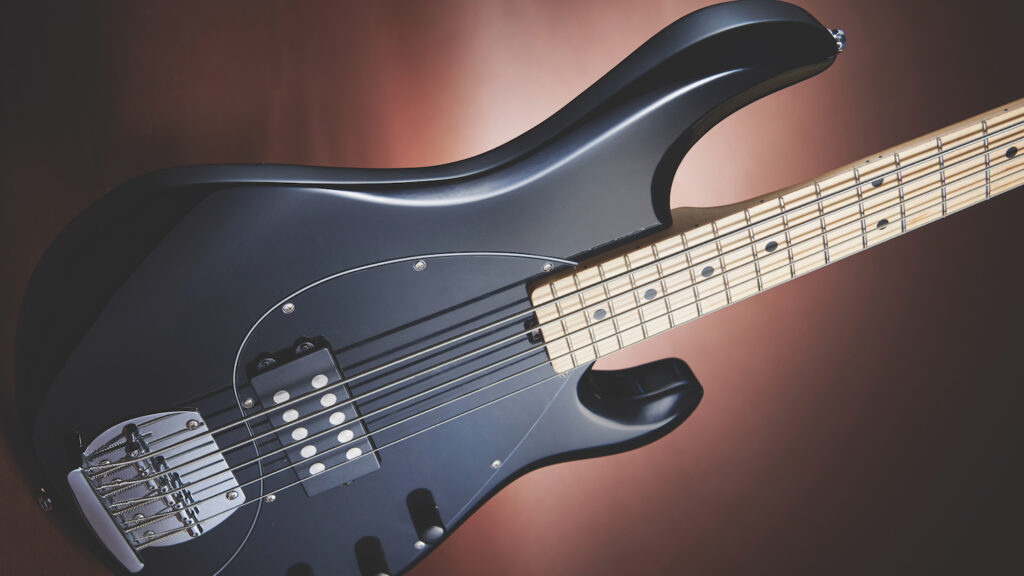If you want to mix bass, there are a few important things you need to keep in mind to ensure that the bottom end is truly punchy, powerful, and accurate. In this tutorial from https://ekmixmaster.com we will give you some really useful tips. If you use them, your basses and kicks will sound decent both in the mix and then in the mastering.
It shouldn’t surprise you that low frequencies are at the bottom of the frequency spectrum. Exactly as the name of this spectrum suggests. Low frequencies are responsible for the feeling of size and depth of the sound. If there is not enough bass in the mix, then the track sounds somehow not dynamic enough, one might say, lifeless. So, it is necessary to fill the low frequencies. Of course, you might think that simply adding more bass would solve the problem. But no, unfortunately. This will make your track sound even more dull. But the following five tips will help make your music truly driving.
The first thing you need to know is that low frequencies are made up of two distinct regions that have very different psychoacoustic effects. They bring completely different feelings and characteristics to our song. It is important that these two areas in the bass sound are completely balanced.
The more aggressive the sounds, the more balanced both areas in your mix need to be. Only then will low frequencies sound powerful and large-scale. If the sounds used are quite soft, then a large level difference between the two areas is required. How to choose the best option? To do this, you must understand that it all depends on your musical style and the type of kick and bass in your song.
You may have heard that low frequencies are omnidirectional – that is, they really are directed in different directions – right, left, up, down. This property can cause many problems when mixing. Mids and highs come out of the speaker in a directional way. And that’s why music always sounds muffled on the back of the speakers. So low frequencies are also hard to find, and you need to pay attention to it, professional mixing and mastering services are advised.
Kick and bass are the two tracks with the most energy and should completely dominate this frequency range. If these two tracks are not optimally balanced, low frequencies will sound weak. If the bass is in the same frequency range as the kick, it (the kick) will never be really bright and powerful. Of course, there are songs in which the kick can sound a little softer. But if you want a bass drum that really thumps and sounds really powerful, with an aggressive kick, these two instruments can’t be matched.
How loud you make your bottom end overall has a direct impact on how loud your track will sound. Some might say that songs sound better if they are made quiet enough. And it is not at all necessary to master the songs very loudly. If you’re one of those silence lovers, you should be able to limit your songs to whatever level you want. But if you prefer to play along with the musicians who have conquered the world with their music, then you should know that low frequencies set the limit for your master’s overall loudness.






More Stories
The Benefits of Using YouTube to MP3
Top 6 Audio Issues For YouTube
Voice Acting Exercises for Beginner Voice-over Talent